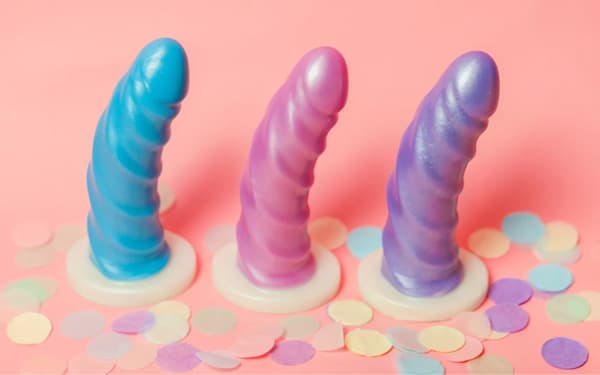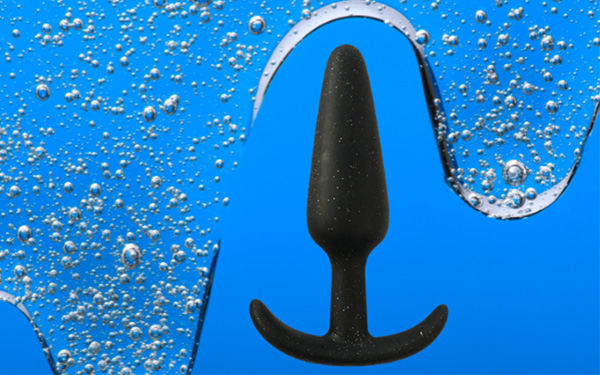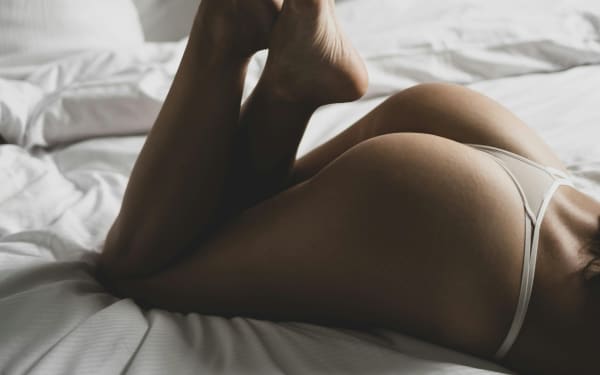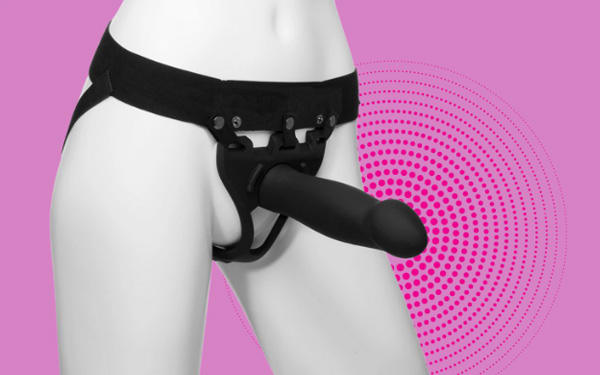Celebrating Bisexual Visibility

Bisexuality, or the “B” in LGBTQIA+, is a term used to describe the sexual identity of someone that experiences attraction that is not limited to one gender. While the “bi-” prefix is often misconstrued as limited to a gender binary (male/female), it really refers to the attraction to two or more genders - aka “same” genders and “other” genders. And yes, this includes non-binary, gender non-conforming, and trans identities. Some use the shorthand term “bi+” to further emphasize that they don’t restrict their attractions in a binary way.
So, why is bi visibility so important?
Thanks to a shift in mainstream culture, bisexual identities have seen more time in the spotlight than ever before, with recent polls stating that a majority of LGBTQ+-identifying folks in the US consider themselves to be bisexual. This doesn’t at all mean that bisexuality is anything new or trendy, we’re just thankfully on the path to have more cultural acceptance of these identities, which is why we’re seeing more and more representation.
That being said, visibility doesn’t always mean validation, and bisexuals are often the target of bullying and stereotyping not only from biphobic cisheterosexual people, but many in the LGBTQ+ community as well. Bisexuality isn’t an identity that can be as evident as others may be, and especially if someone is in a relationship that may appear to be “straight” or “gay,” bisexuals may feel the need to come out constantly to have to affirm our identities to others – our relationships don’t define our identity. Bisexuals can be ostracized for being Queer, and again for being “not Queer enough” (this is especially so for femme bisexuals in straight-presenting relationships).
And flowing from this, it must be said that visibility doesn’t always mean accurate representation either! If much bullying and biphobia is due to myths and false beliefs about bisexual people, simply identifying TV characters or others as bi might not melt away these misunderstandings. Wrong attitudes will simply follow them. A study conducted several years ago highlighted a high degree of stress-related health problems in bisexual people, likely due at least in part to the effects of bi invisibility and bias.
That includes the common myth that bisexuality means hypersexuality – that bisexuals sleep with more than one gender because they are so sexed up. Some people of any orientation might have an especially high libido or interest in sex – this isn’t some special trait of bisexuals. And many bi people live monogamous lives -- or are on the asexual spectrum, since it’s important to remember that sexual desire and romantic desire don’t always track together. Meanwhile, bisexual women + femmes, in particular, report an especially high level of sexual harassment and abuse (reported in the same study we referenced above). That’s not because they are oversexed – it's because they are sexualized by others. To learn more about the phenomenon of sexualization, read the incredible Sexed Up by Julia Serano.
Living your best bi life
Living as a bisexual in the world means living open to love, erotic play, and intimacy with a range of people, and has fewer restrictions in these realms than monosexuals (that’s folks attracted to one gender) – it’s lovely to be able to connect with others regardless of gender, and in spite of other peoples’ misunderstandings, we can feel bi pride about that! We often live happier lives when we can find our community, and partners and friends who accept us as we are, so let your bi flag fly once you have determined the people around you are safe and accepting. And by the way, this remains true whether you are a bisexual polyamorous, monogamous, single and not interested in coupledom, or ace-and-biromantic! You do not need to shape your bi life to meet the expectations of other people.
Discovering a bi identity is a unique experience – maybe you always knew you were attracted to a certain gender and now you’ve noticed new feelings blossoming for another, maybe you’ve noticed feelings shifting as you begin to collect more experiences in life, maybe your relationship to your gender has affected your sexuality, maybe none of these! Bisexuality is beautiful because of its fluidity – being bisexual isn’t being 50%/50% anything, it’s about being 100% yourself. Allowing ourselves to have that space to ebb and flow and giving ourselves permission to explore and discover is something that’s so crucial to any identity, bisexuality certainly included.
In living your best bi life, you gotta love yourself and prioritize your wellbeing. If people’s attitudes stress you out or you really need some more Queer-and-bi-positive friends, take steps to build a more supportive team around you. Reach out to and embrace community, join groups online or IRL, take stock of who in your life gives you the support and energy you deserve, consider therapy with an affirming bi-positive provider, do what you need to feel safe and welcomed in your identity.
How can I be a bi ally?
Educate yourself about those myths and make sure you let the people in your life know you are an ally – not only through talk, but through tangible action. Call out biphobia when you see it, correct misidentification (but don’t out someone without their consent) and stand up for bi identities. Some of the people in your orbit are probably bisexual, whether or not they have come out to you (or themselves!). They need you in their corner and they need to know they have your support.
It’s Bisexual Awareness Week!
Let’s all help those around us understand more about bisexuality this week – and every week!
The study we referenced is available here: https://www.hrc.org/resources/health-disparities-among-bisexual-people









